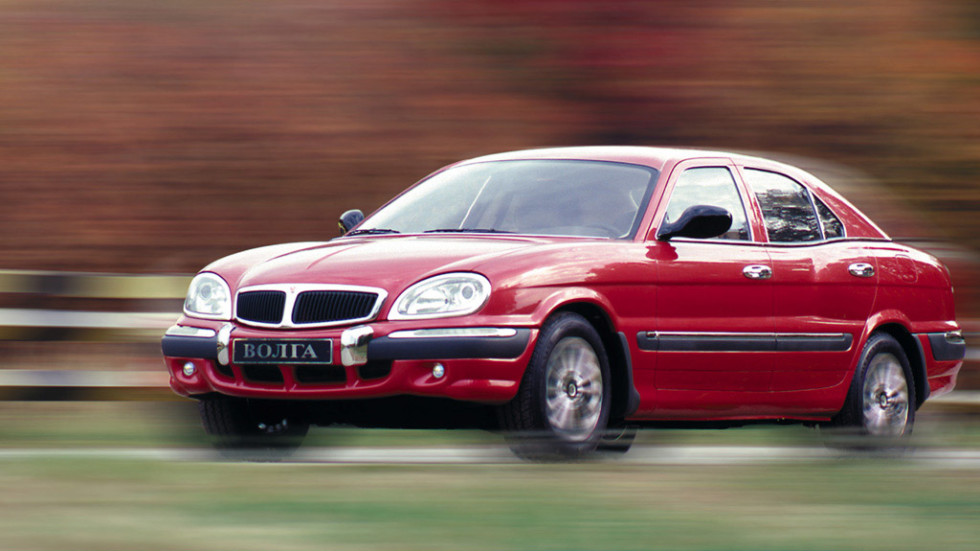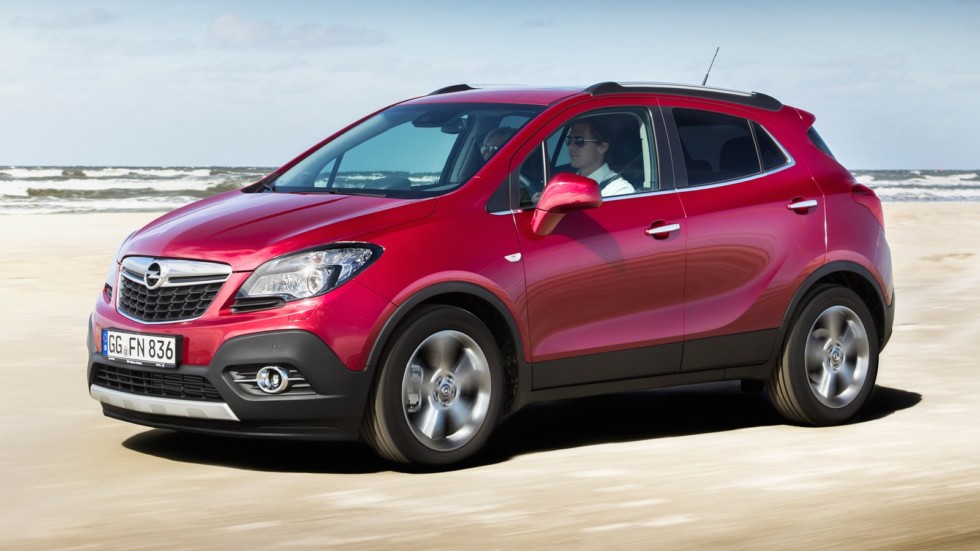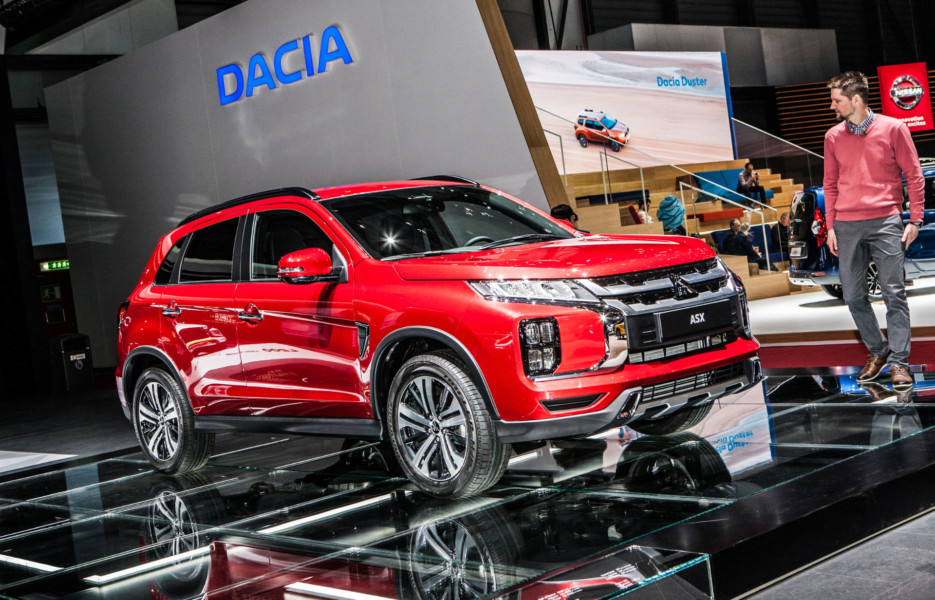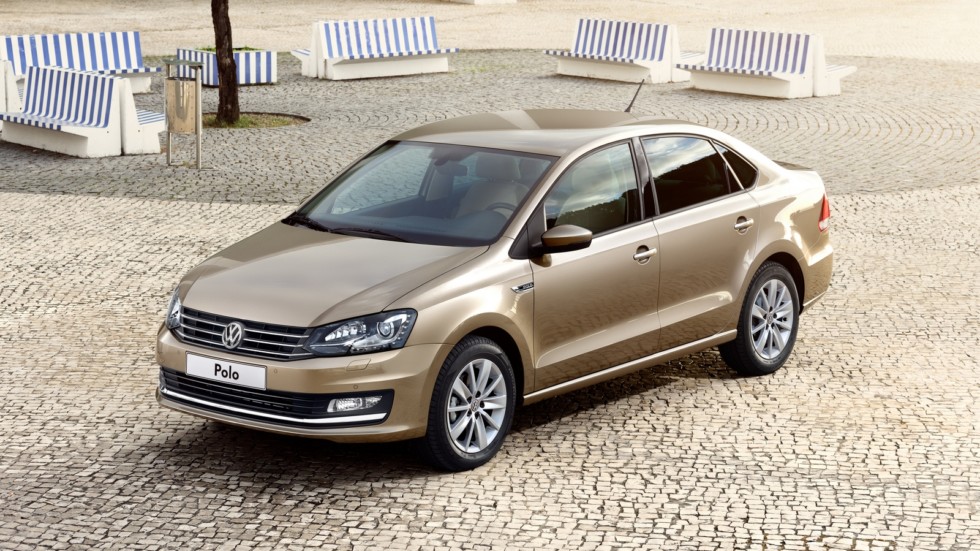Live or survive: is it worth buying Nissan Leaf
 Savings, environmental friendliness or self-indulgence – perhaps these three concepts can be considered key and non-related causes pushing people to buy an electric car. Someone seriously expects to abandon expensive gasoline, someone, abandoning meat and fur, continues to fight for the preservation of the environment, and someone just wants to try to play with new technologies. And in any of these scenarios, the logical solution seems to be buying one of the most popular electric vehicles of our time – the Nissan Leaf. How to do it, and what will be the life after purchase? And why the prices for identical cars externally, according to our colleagues from Avito Avto, range from 350 thousand to 1.2 million rubles?
Savings, environmental friendliness or self-indulgence – perhaps these three concepts can be considered key and non-related causes pushing people to buy an electric car. Someone seriously expects to abandon expensive gasoline, someone, abandoning meat and fur, continues to fight for the preservation of the environment, and someone just wants to try to play with new technologies. And in any of these scenarios, the logical solution seems to be buying one of the most popular electric vehicles of our time – the Nissan Leaf. How to do it, and what will be the life after purchase? And why the prices for identical cars externally, according to our colleagues from Avito Avto, range from 350 thousand to 1.2 million rubles?
Nissan Leaf is a product for Nissan in many ways new: the company did not have mass electric vehicles before it. Production started in 2010, and since the end of the same year, buyers in Japan and the United States began to receive their first cars. Leaving the electric part aside, Leaf was built on the basis of long-used solutions: it was based on a redesigned platform that was used on many Nissan models, including Micra, Tiida, Note, and others. In general, this, however, meant only a similarity in the overall layout with front-wheel drive and suspension schemes: MacPherson was used here in front, and a conventional semi-dependent beam was used at the rear. Brakes – disc in a circle, with the front, by the way, two-piston. The middle part of the body was modified to position the batteries under the floor: their block starts under the driver’s seat and goes under the back sofa. Of course, this had a definite positive effect on the location of the center of gravity, handling and stability, however, as we will find out a little later, these concepts are not familiar to the driver of the Leaf – to check them you need too much speed and associated energy costs.
The novelty of the model for the manufacturer also meant an inevitable operational upgrade: Nissan tracked the cars that were driven in by consumers, making corrections and eliminating errors. The experience gained in the first two years of experience was an update that brought several significant technical changes that are worth attention when choosing a car. Until the end of 2012, the model had the designation ZE0, and its updated version is marked as AZE0 – while this did not affect the exterior of the car, and from ten steps, one modification cannot be distinguished from another.
One of the easiest options to determine which version is in front of you is to open the hood or trunk. In the ZE0 version, the equipment of the charging module was located in the luggage compartment, right behind the back sofa, forming a characteristic rectangular “hump” there, eating off to the same part of the usable space. In 2012, the charging unit was reduced and carried under the hood, where it can be seen right on top of everything else – and the trunk received an additional 40 liters of volume, increasing to 370 liters and getting rid of the unnecessary partition between themselves and the back sofa. But, of course, any flat floor still fails when reclining the back of the second row. And here in any of the cases there is no spare wheel – there was no place even for the “dock” under the floor.
The second important difference of the “restyled” AZE0 is the heating system. At ZE0, the “classic” liquid circuit with antifreeze circulating through the heater radiator was used for heating the passenger compartment: as a result, taking into account the low heat dissipation of the electric motor compared to the internal combustion engine, it took a lot of time to warm up the passenger compartment. In the updated cars, this scheme was abandoned in favor of “dry” heating with electric heating elements: now the warm air goes to the salon almost immediately, and in rich trim levels, the so-called heat pump contributes to the heating of the cabin – one of the air conditioning system operation modes. In addition to these important innovations, there were others – for example, the mode of increased energy recovery, in which the car significantly “slows down the engine” when the gas pedal is released, the ability to “lock up” the charging cord inserted into the charging socket so as not to be stolen, the backlight of the charging connectors heated steering wheel and some other little things like dark trim and cruise control is already in the database.
When deciding on a Leaf purchase, it is also worthwhile to understand in advance with which wheel you want to get the car: the right-hand drive here is not an advantage. He does not promise any “JDM-buns”, and the special “real Japanese quality” is not attached to it – moreover, Japanese cars are deprived of some options like heating of a high-voltage battery and a high-power charging module.





